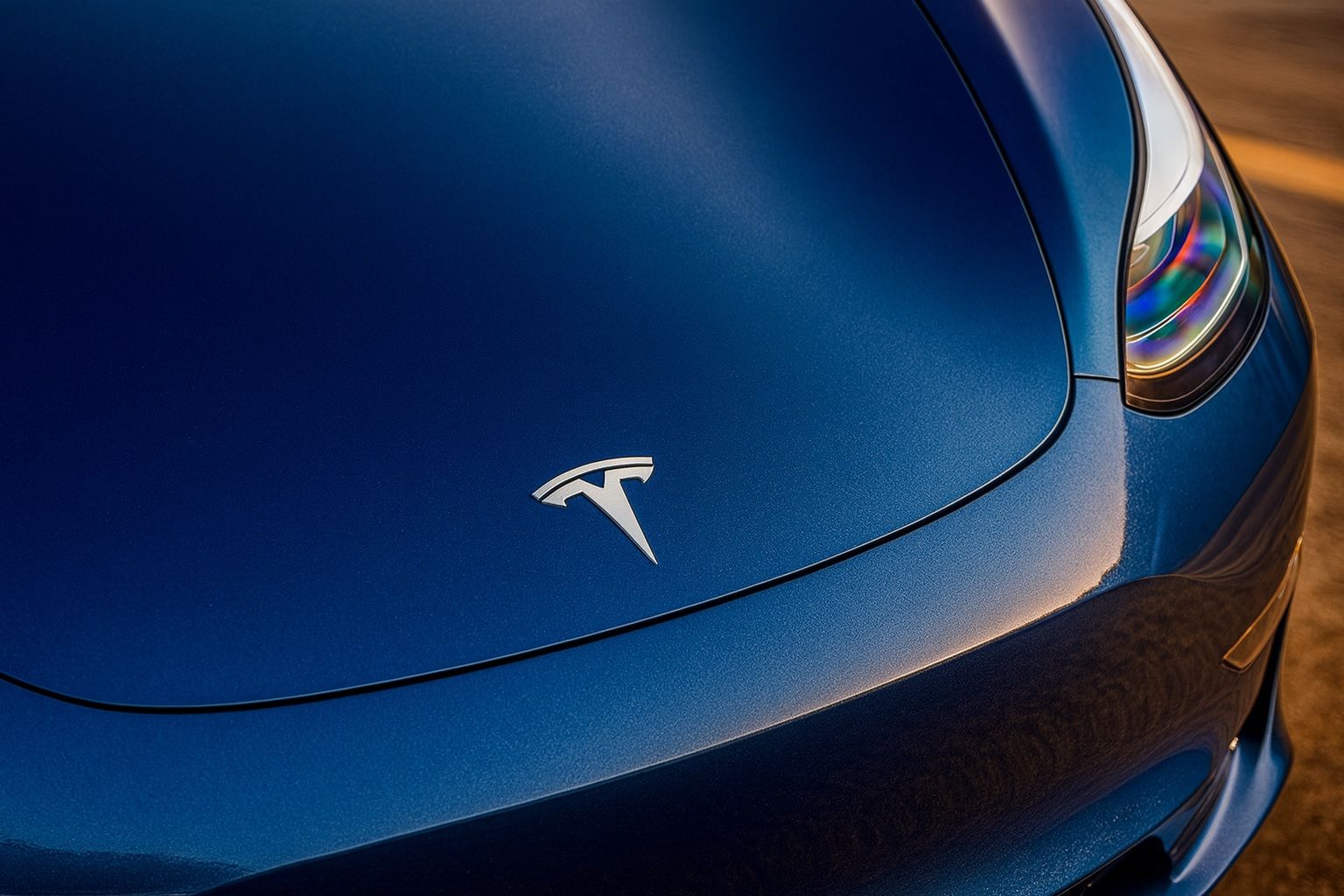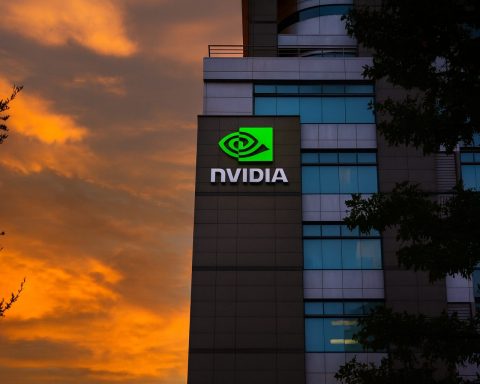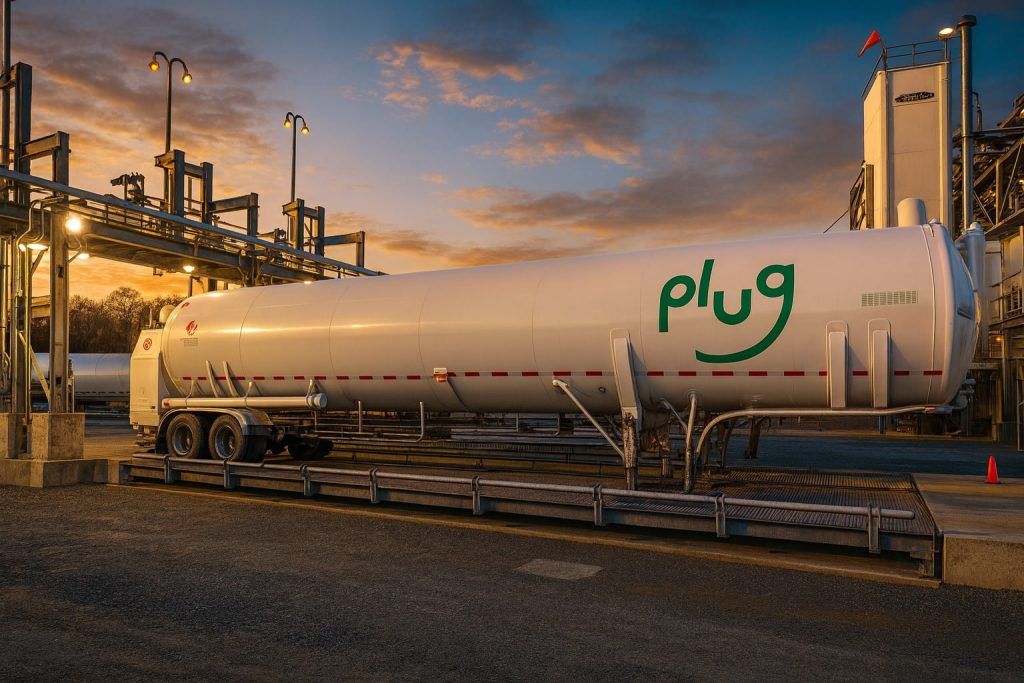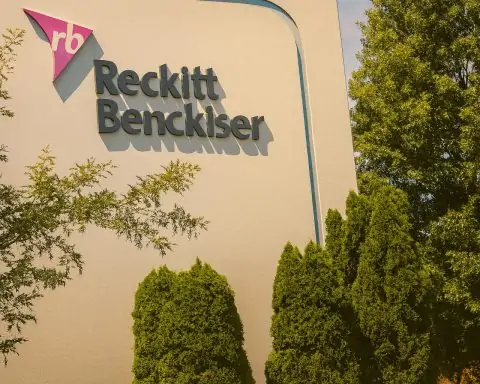- Tesla’s share price was around $460 by Oct. 29, 2025, roughly +10–12% for 2025 and about +80% year-over-year [1] [2].
- In Q3 2025, Tesla delivered a record 497,099 vehicles (+7.4% YoY) and posted $28.1 billion in revenue [3] [4].
- Aggressive price cuts squeezed profit: third-quarter EPS was $0.50 vs. roughly $0.54 expected, sending operating profit down about 37% [5] [6].
- TSLA jumped ~4% on Oct. 27 (closing near $449) on optimism over U.S.–China trade talks and its tech prospects [7], but by Oct. 30 midday it was easing back into the mid-$440s.
- On Oct. 7 Tesla launched lower-cost “Standard Range” versions of the Model Y and Model 3 (about $4–5K cheaper) [8]. Investors reacted coolly – the stock fell ~4% after the announcement, calling the cuts “modest” [9].
- Wall Street’s forecasts are split. Analyst 12-month targets span roughly $250–$600: e.g. Morgan Stanley keeps a $410 price target [10] and Wedbush’s Dan Ives is at $600 [11], whereas HSBC reiterates a “Reduce” rating with just $127 [12]. The consensus target is near $350 [13].
- A $7,500 U.S. EV tax credit expired on Sept. 30, which “pulled forward” demand into Q3 [14]. Analysts warn this may leave a sales gap in Q4 without the subsidy [15] [16].
Recent Trading and Market Context
Tesla Inc. (NASDAQ: TSLA) shares have been trading near the top of their 52-week range amid the late-October market rally. After rising to new highs earlier in October (briefly touching the mid-$450s on Oct. 6), the stock consolidated in the low- to mid-$440s by Oct. 30 [17] [18]. On Monday Oct. 27, TSLA jumped about 4.3% – its largest one-day gain in weeks – on news of improving U.S.–China trade talks and continued buzz around its technology roadmap [19]. By that day’s close the stock was trading near $449, and it remained in the high $440s by late Oct. 29 [20] [21]. Year-to-date the shares are up roughly 10–12%, and about 80% above levels of a year ago [22].
Broader market moves have influenced TSLA. In late October the S&P 500 was under modest pressure from concerns about interest rates and economic growth, but hopes that the Federal Reserve may cut rates by year-end have helped high-growth tech names like Tesla [23]. At the same time, any setbacks in U.S.–China relations remain a wildcard. In fact, Reuters reported that even a reported call arranged between President Trump and Elon Musk (to mend trade frictions) was cited as a catalyst for the Oct. 27 rally [24]. In short, Tesla’s volatility has mirrored major themes – it rallies on news of new products or trade progress, and dips on worries over policy or competition.
Third-Quarter Results and Company News
Tesla’s late-October trading was anchored by its Q3 2025 earnings release. On Oct. 22, Tesla announced record quarterly sales and revenue – delivering 497,099 cars worldwide (up 7.4% YoY) [25] and generating $28.1 billion in revenue [26]. This beat Wall Street’s forecasts and set new records for the company. However, those topline gains came at a cost. Heavy discounting to boost volume drove down profit margins. GAAP earnings per share came in at $0.50, missing the roughly $0.54 analysts’ estimate [27]. Operating profit plunged about 37% year-over-year, as Tesla slashed prices and took on higher expenses [28]. Automotive gross margin (excluding regulatory credits) was about 15.4%, roughly in line with estimates [29], but down from a year ago.
CFO Vaibhav Taneja told investors that tariffs and R&D projects drove a 50% jump in operating costs this quarter [30]. Notably, Tesla also introduced cheaper “Standard Range” versions of the Model Y and Model 3 earlier in October, trimming roughly $5,000–$5,500 off base prices [31]. These trims carry smaller batteries and fewer features – a bet to make Tesla cars more affordable. Wall Street reaction was muted. Even bullish analysts such as Wedbush’s Dan Ives called the new models only a “pricing lever” and found $4–5K cuts “disappointing” [32]. Indeed, TSLA stock dipped about 4% after the Oct. 7 announcement [33].
The earnings release and investor call also highlighted risks ahead. Analysts noted the spike in Q3 demand was largely fueled by the U.S. $7,500 EV tax credit expiring Sept. 30 [34] [35]. Ken Mahoney (Mahoney Asset Management) warned the incentive pull-forward “could leave a U.S. demand gap in the fourth quarter” [36]. In their analysis, Reuters and others pointed out Tesla’s stock “tanked” initially after earnings because investors focused on the margin squeeze, despite the delivery beat [37]. Tesla CEO Elon Musk acknowledged on the call that the next few quarters might be “bumpy” as incentives fade and competition heats up, even as he emphasized longer-term confidence in self-driving and new models.
Not everyone saw the glass as half-empty. Laffer Tengler Investments CEO Nancy Tengler said she was “bullish on the next three to five years” for Tesla [38]. She observed that “it’s messy, it’s hard… but this is a CEO who is determined…I think what we’ve seen historically is that he will get it done” [39]. Indeed, Tesla reported strength outside cars as well: its energy storage business posted a record quarter (12.5 GWh deployed) and the company reiterated plans to scale up future products like the Cybertruck, Semi truck, Megapack 3 batteries and Optimus robot in 2026 [40] [41].
Analyst Ratings and Forecasts
Wall Street is deeply divided on Tesla’s future. Optimists treat TSLA as a tech growth story. Big brokerage firms have reiterated “buy/overweight” ratings. Morgan Stanley, for instance, reaffirmed an Overweight rating and a $410 price target after the Q3 beat [42] [43]. Piper Sandler raised its target to $500, citing Tesla’s edge in software and autonomous driving [44]. Wedbush’s Dan Ives remains extremely bullish with a $600 target, calling Tesla’s autonomy program a “$1 trillion opportunity” [45]. Even Cantor Fitzgerald praised Tesla’s execution after the Q3 results. These bulls point to Tesla’s “strong momentum” – hundreds of millions of miles driven on Autopilot, expansion of its energy arm, and long-term potential in robotaxis – as justification for a premium valuation [46] [47].
By contrast, many analysts sound the alarm on valuation and near-term headwinds. The average 12-month target across analysts is only around $350 [48]. About half of analysts rate TSLA a Hold or Sell. One major bank (HSBC) reiterated a “Reduce” rating, boosting its target to just $127 despite the delivery record [49] – implying downside of over 70%. Bears note Tesla trades at roughly 250× forward earnings, far richer than any auto or typical tech stock [50]. They argue that without subsidies and with intensifying EV competition, Tesla’s growth may slow and its pricey stock could falter. In fact, published price targets now span roughly $250–$600 [51] – an unusually wide range for such a large company.
Third-party forecasts reflect this split. For example, UBS recently raised its one-year target to only $247 (neutral rating) on concerns over margins [52], while Goldman Sachs remains around the mid-$300s based on long-term potential. On the high end, Mizuho lifted its target to $450 (outperform) and Piper’s $500 target reflects faith in Tesla’s “AI and robotics initiatives” [53]. In summary, the Street’s view is mixed: some see huge upside if Tesla delivers on new products, while others warn it’s already “priced for perfection.”
Outlook – Headwinds and Catalysts
Looking ahead, Tesla faces both challenges and tailwinds. The immediate issue is absorbing the end of EV subsidies and pricing incentives. Many experts warn that a strong Q3 will likely be followed by a more modest Q4. As Reuters noted, Wall Street expects Tesla’s 2025 deliveries to slow (possibly down ~8–10% vs. 2024) as the tax credit expired [54] [55]. Analysts will be watching Tesla’s guidance for Q4 and its ability to maintain pricing power.
Macro factors also loom. Continued anticipation of Fed rate cuts could buoy Tesla’s stock, since lower rates help finance auto purchases and lift growth stocks in general [56]. Meanwhile, geopolitical policy is a wild card. U.S. lawmakers just expanded domestic EV production credits (a tailwind) even as they imposed new 25% tariffs on imported trucks [57]. Trade tensions could affect Tesla’s Chinese and European markets, where competition is fierce.
On the product front, Tesla has a long roadmap. Investors will watch for news on the Cybertruck, Semi truck, expanded robotaxi service and Tesla’s humanoid “Optimus” robot. Any positive surprise here – or progress in Musk’s push for full self-driving technology – could send the stock higher. For now, analysts agree that Tesla’s current price already assumes significant execution on those fronts. In the words of Camelthorn’s Shawn Campbell, Tesla “dished out just the right amount of good and bad news” in Q3 [58]. Whether shareholders will stay optimistic hinges on Tesla translating its record sales into sustainable profits and growth without the crutch of subsidies.
Sources: Author compiled latest stock data and news (as of Oct. 30, 2025) from Tesla’s earnings reports and market analysis [59] [60], market data services [61], and financial news outlets including Reuters and TechStock² [62] [63]. The article incorporates commentary from analysts and expert interviews [64] [65], and direct statistics from Tesla’s published results and filings.
References
1. ts2.tech, 2. stockanalysis.com, 3. www.reuters.com, 4. www.reuters.com, 5. www.reuters.com, 6. ts2.tech, 7. ts2.tech, 8. ts2.tech, 9. ts2.tech, 10. ts2.tech, 11. ts2.tech, 12. ts2.tech, 13. ts2.tech, 14. www.reuters.com, 15. www.reuters.com, 16. ts2.tech, 17. ts2.tech, 18. ts2.tech, 19. ts2.tech, 20. ts2.tech, 21. stockanalysis.com, 22. ts2.tech, 23. ts2.tech, 24. ts2.tech, 25. www.reuters.com, 26. www.reuters.com, 27. www.reuters.com, 28. ts2.tech, 29. www.reuters.com, 30. www.reuters.com, 31. www.reuters.com, 32. ts2.tech, 33. ts2.tech, 34. www.reuters.com, 35. ts2.tech, 36. ts2.tech, 37. ts2.tech, 38. www.reuters.com, 39. www.reuters.com, 40. www.reuters.com, 41. www.reuters.com, 42. ts2.tech, 43. ts2.tech, 44. ts2.tech, 45. ts2.tech, 46. ts2.tech, 47. ts2.tech, 48. ts2.tech, 49. ts2.tech, 50. ts2.tech, 51. capital.com, 52. capital.com, 53. capital.com, 54. www.reuters.com, 55. www.reuters.com, 56. ts2.tech, 57. ts2.tech, 58. www.reuters.com, 59. www.reuters.com, 60. www.reuters.com, 61. stockanalysis.com, 62. www.reuters.com, 63. ts2.tech, 64. www.reuters.com, 65. ts2.tech









